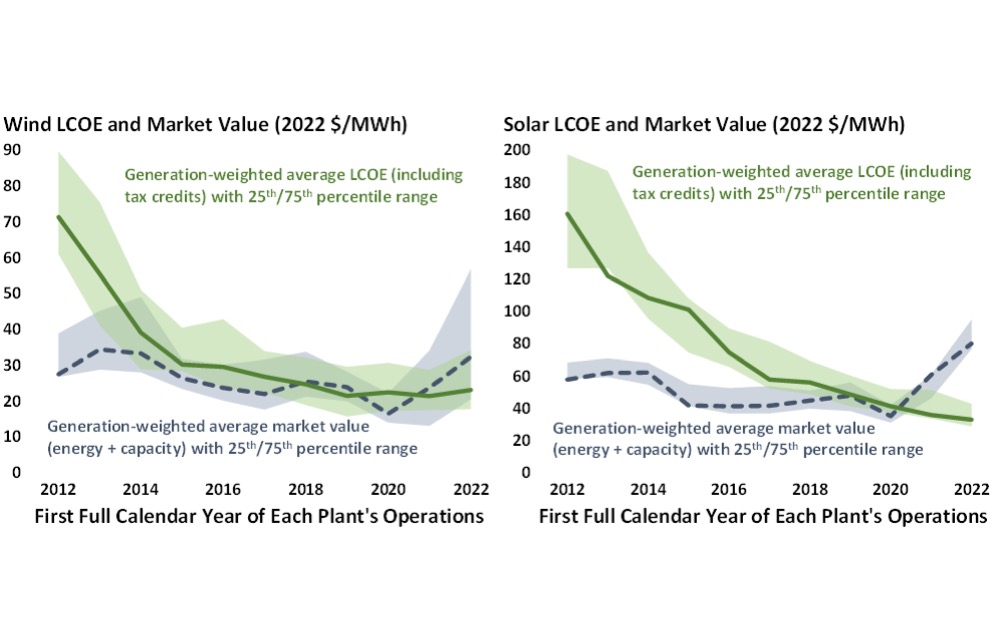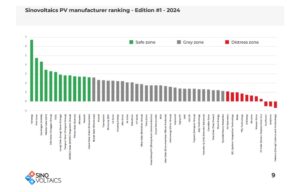- New Berkeley Lab report explores the ultimate beneficiary of wind and solar energy providing a hedge against market fluctuations
- The report quantifies the net market value of both technologies to argue that these can lead to consumer electricity bill savings and provide hedge value
- Eventual benefit to end consumers is dependent on market and contractual structures
Wind and solar energy are competitive enough to provide a hedge against potential fluctuations in wholesale power prices and increases in the cost of other generation technologies; however, if they are leading to lower electricity bills for end consumers needs to be determined.
This is one of the key points in a new report of the US’ Lawrence Berkeley National Laboratory on the US market. It quantifies solar and wind costs in relation to wholesale market prices and attempts to explore the ultimate beneficiary of this potential price hedge due to renewables.
The authors of the report studied 1,437 large-scale projects to quantify the net market value of wind and solar over time. They define the net market value as the difference between the cost of replacing solar and wind generation by purchasing electricity in the wholesale markets and the levelized cost of solar and wind electricity (LCOE).
A positive net market value means possible power-sector cost savings, while a negative value means the opposite.
Thanks to the significant declines in the cost of these technologies coupled with the increase in wholesale prices in 2021 and 2022, their economics have improved over time. While solar generated $2.1 billion in net value in the US in 2022, wind generated $100 million, as per their research. Before 2018, net value was generally negative as most projects required state support due to higher LCOEs.
This, the report writers point out, proves that consumer electricity bill savings and hedge value are possible. Nonetheless, their savings are impacted by market and contractual structures and buyer sophistication.
For instance, when it comes to regulated and public utilities, any savings or costs from owned or contracted generation tend to pass through to end-use customers. The same is true even in the case of power purchase agreements (PPA).
“Improved economics of wind and solar over time are causing, in some cases, purchasers to rethink their contracting practices to ensure that retail customers (especially residential customers) capture more of the hedge value that wind and solar can provide,” reads the report.
This means, there is a potential to move away from fixed-price renewable energy certificates (REC) purchases that do not offer a hedge value, and possible preference for physical and virtual PPAs, floating-price REC contracts, etc.
Titled Grid Value and Cost of Utility-Scale Wind and Solar: Potential Implications for Consumer Electricity Bills, the report is available for free download on Berkeley Lab’s website.



